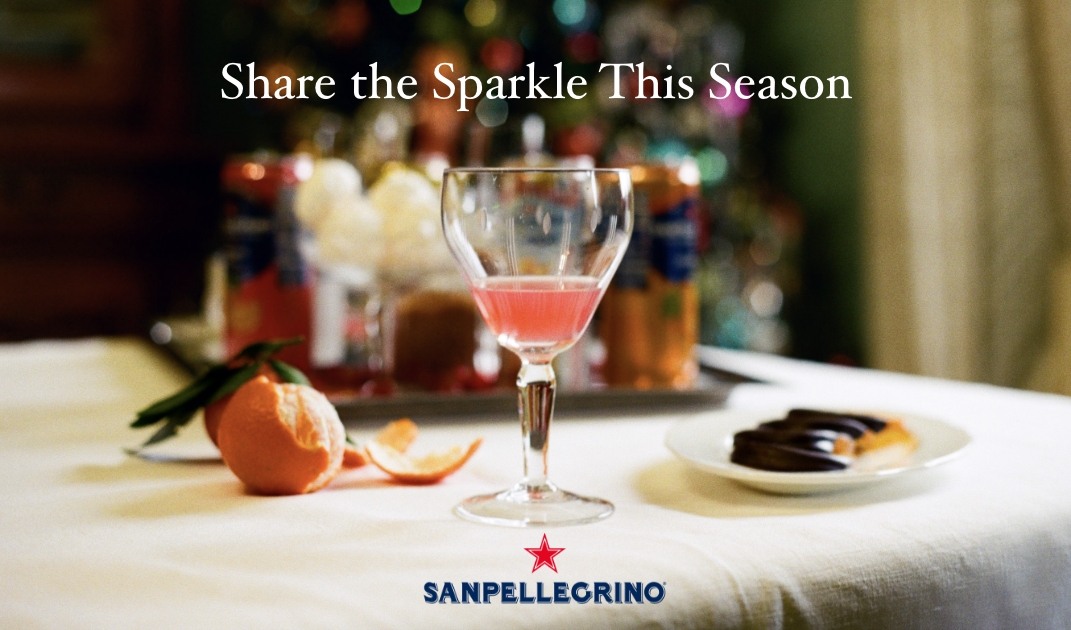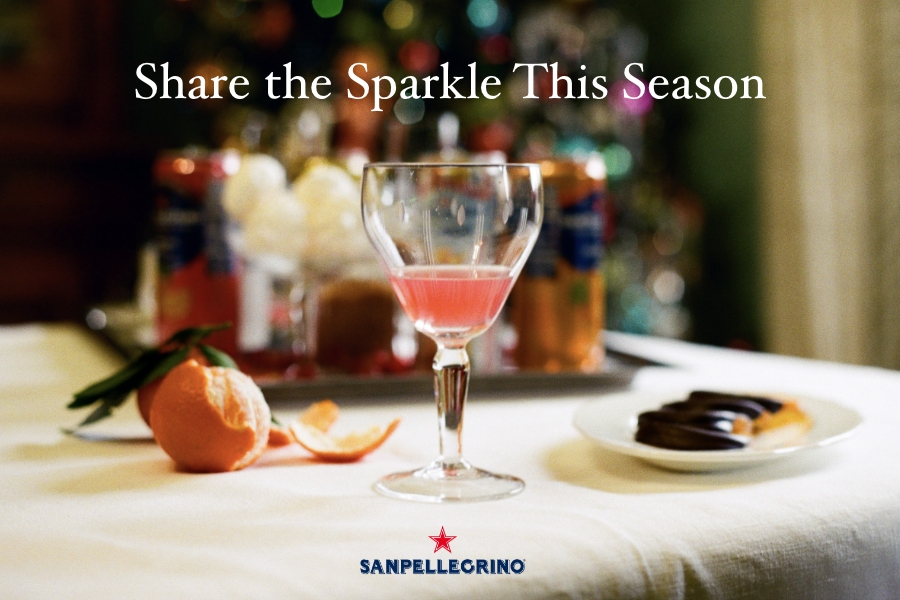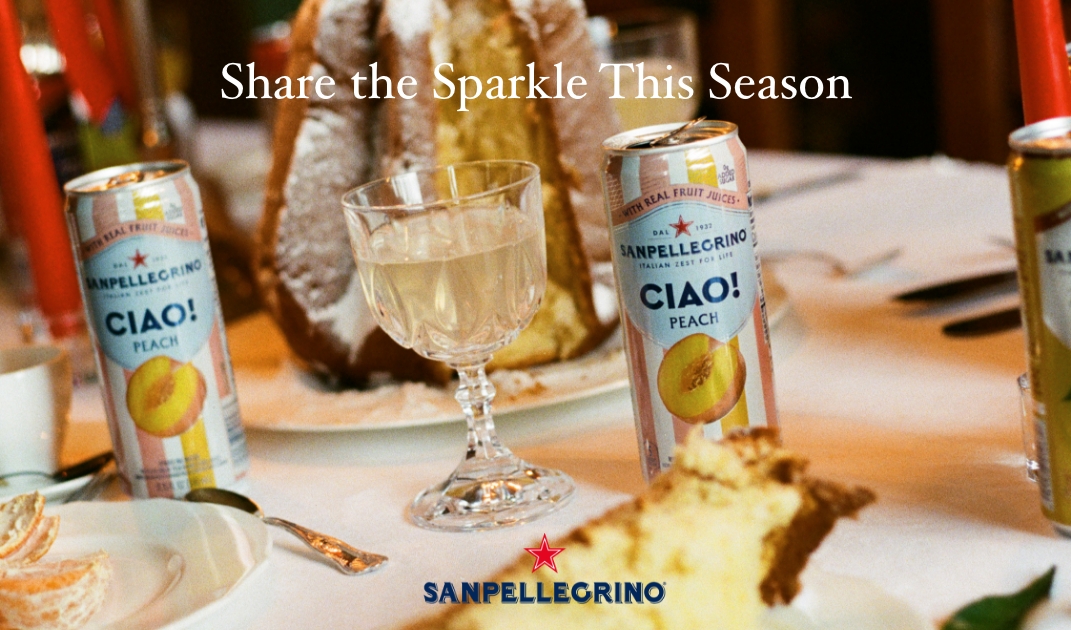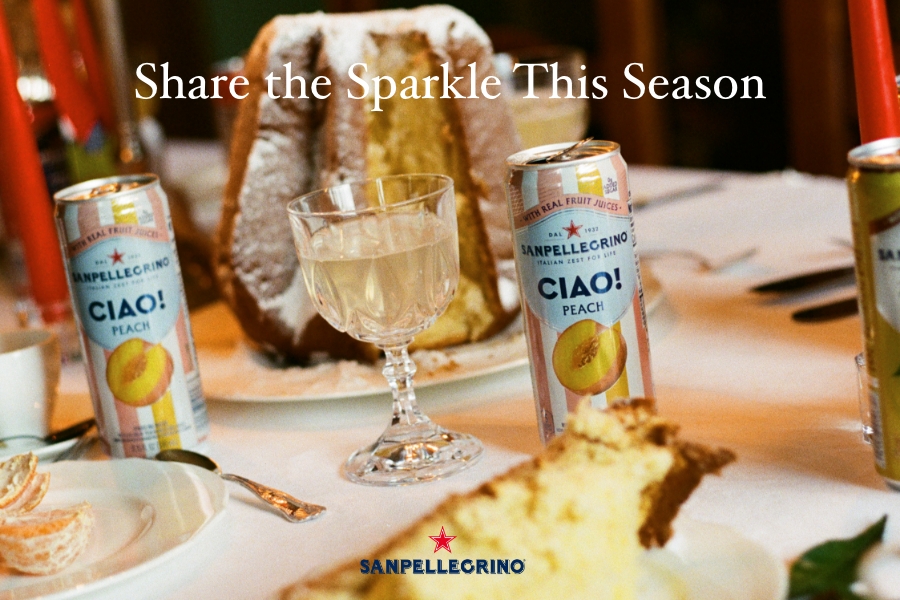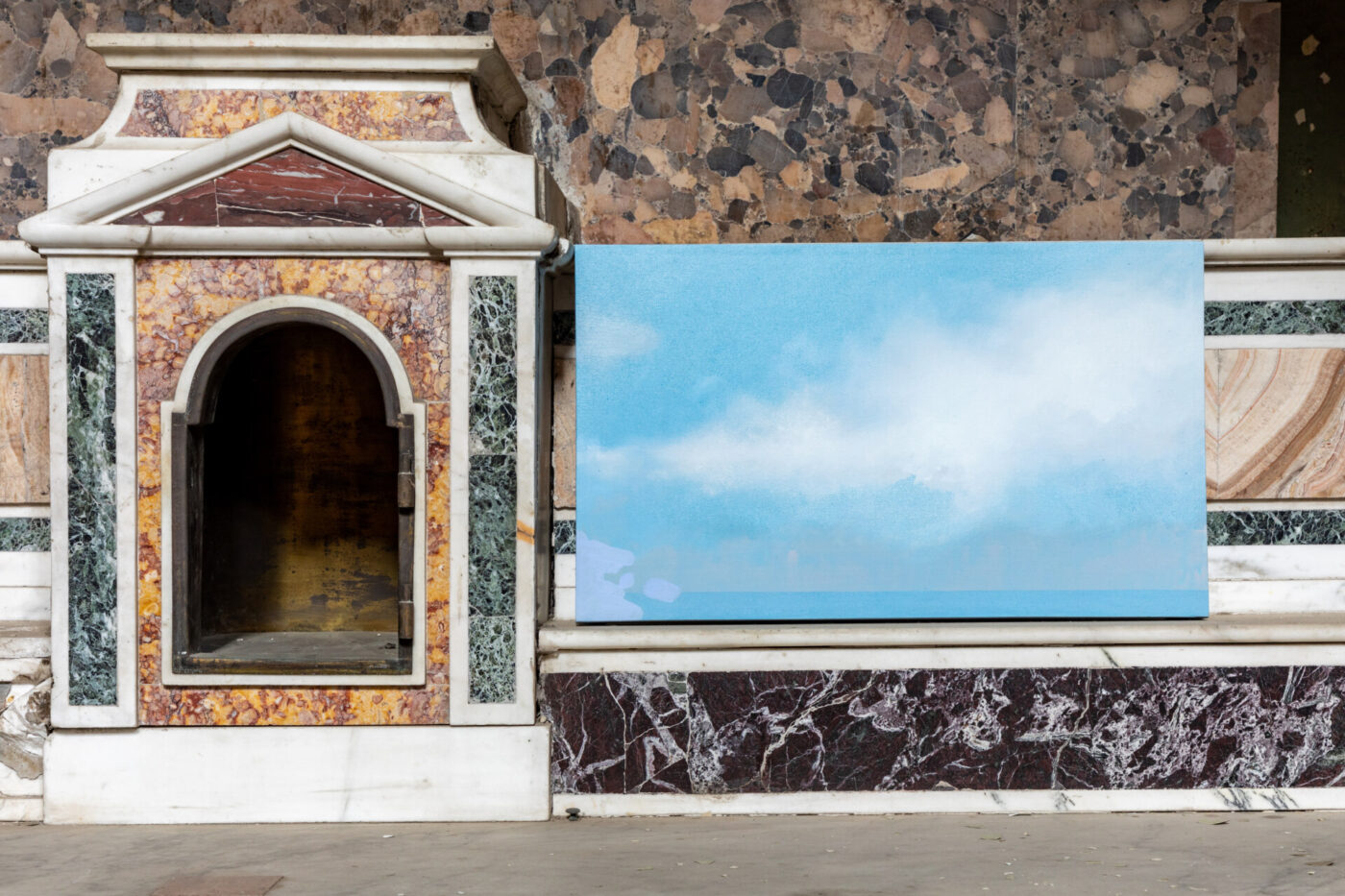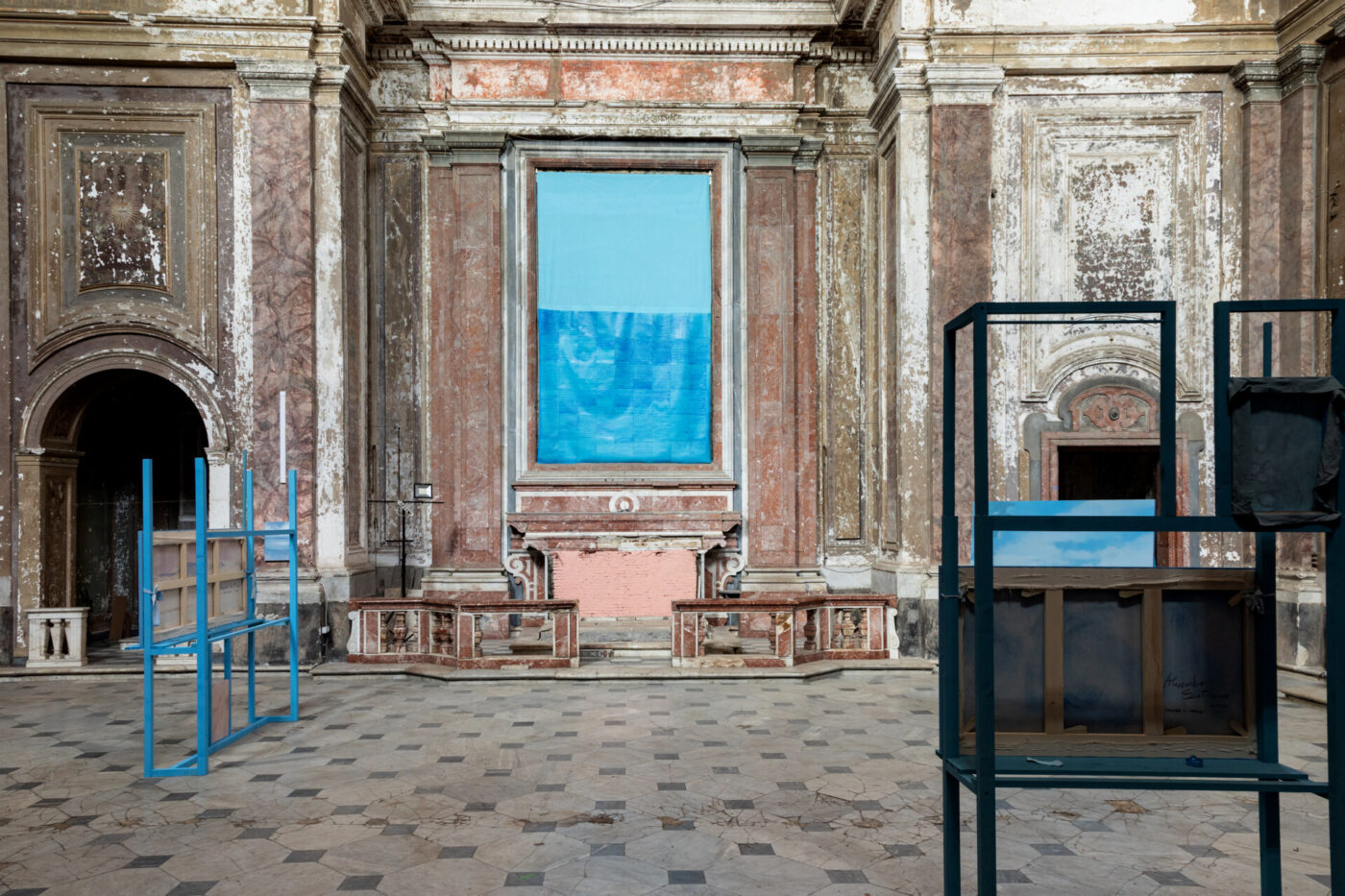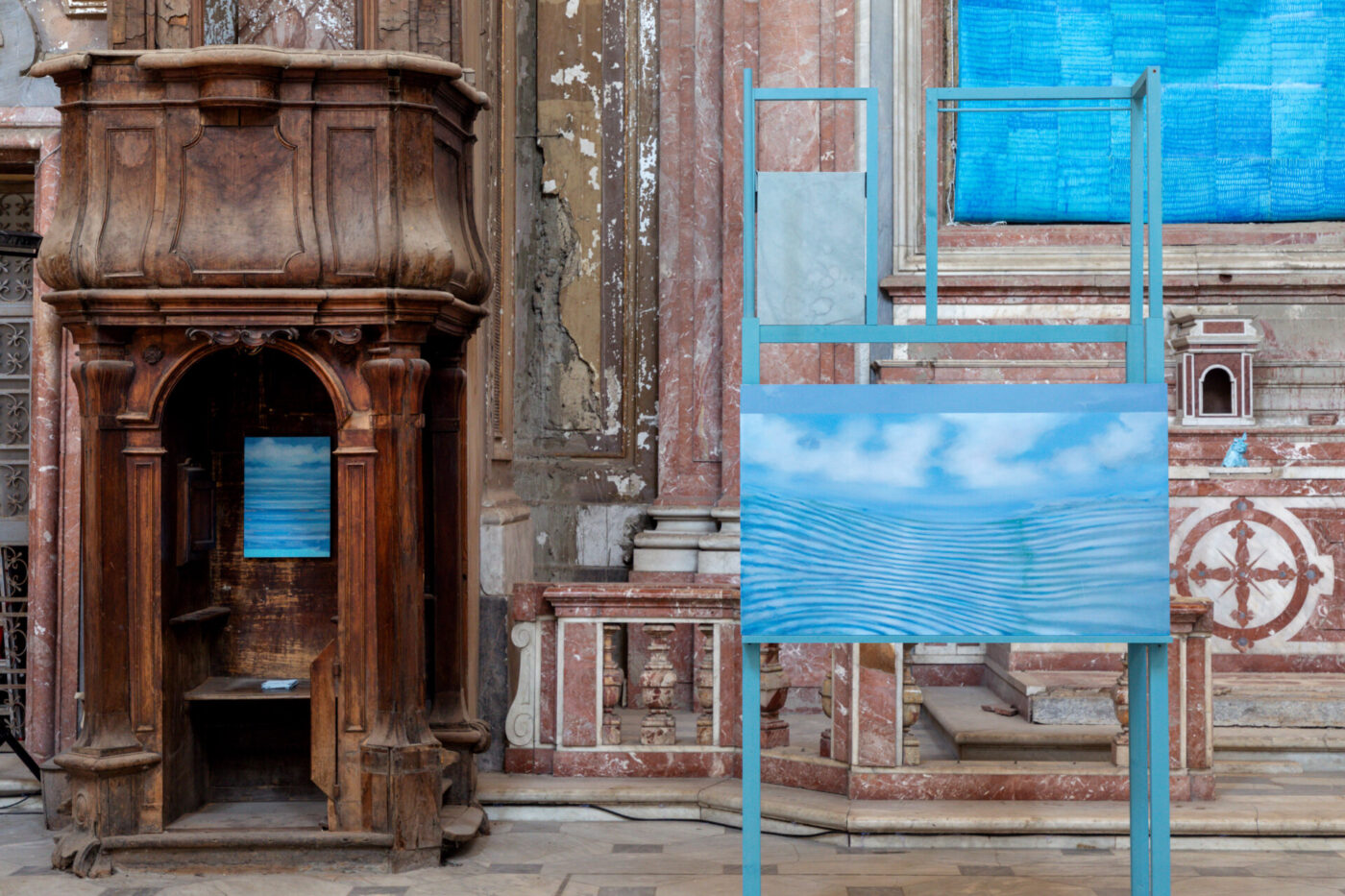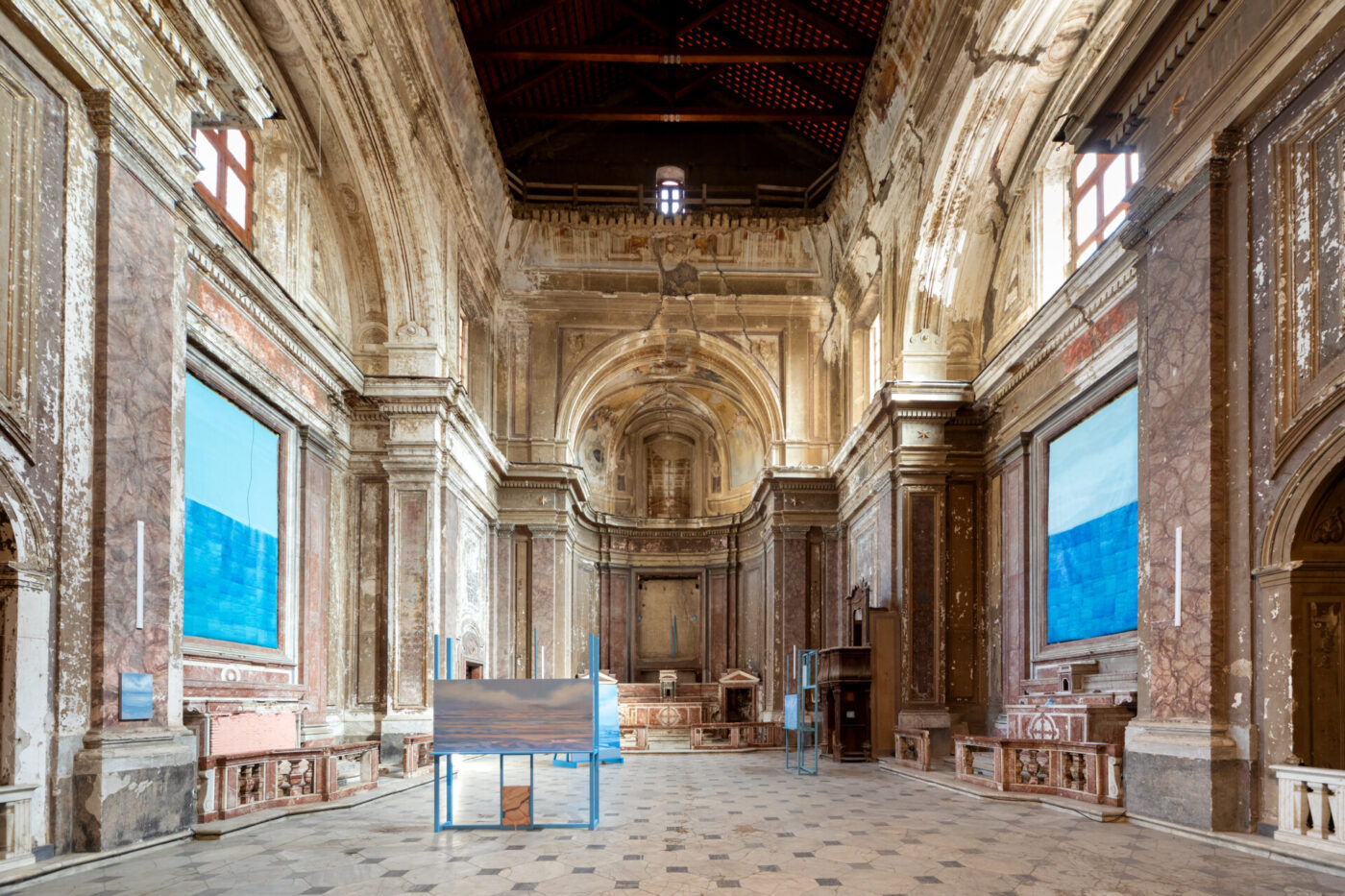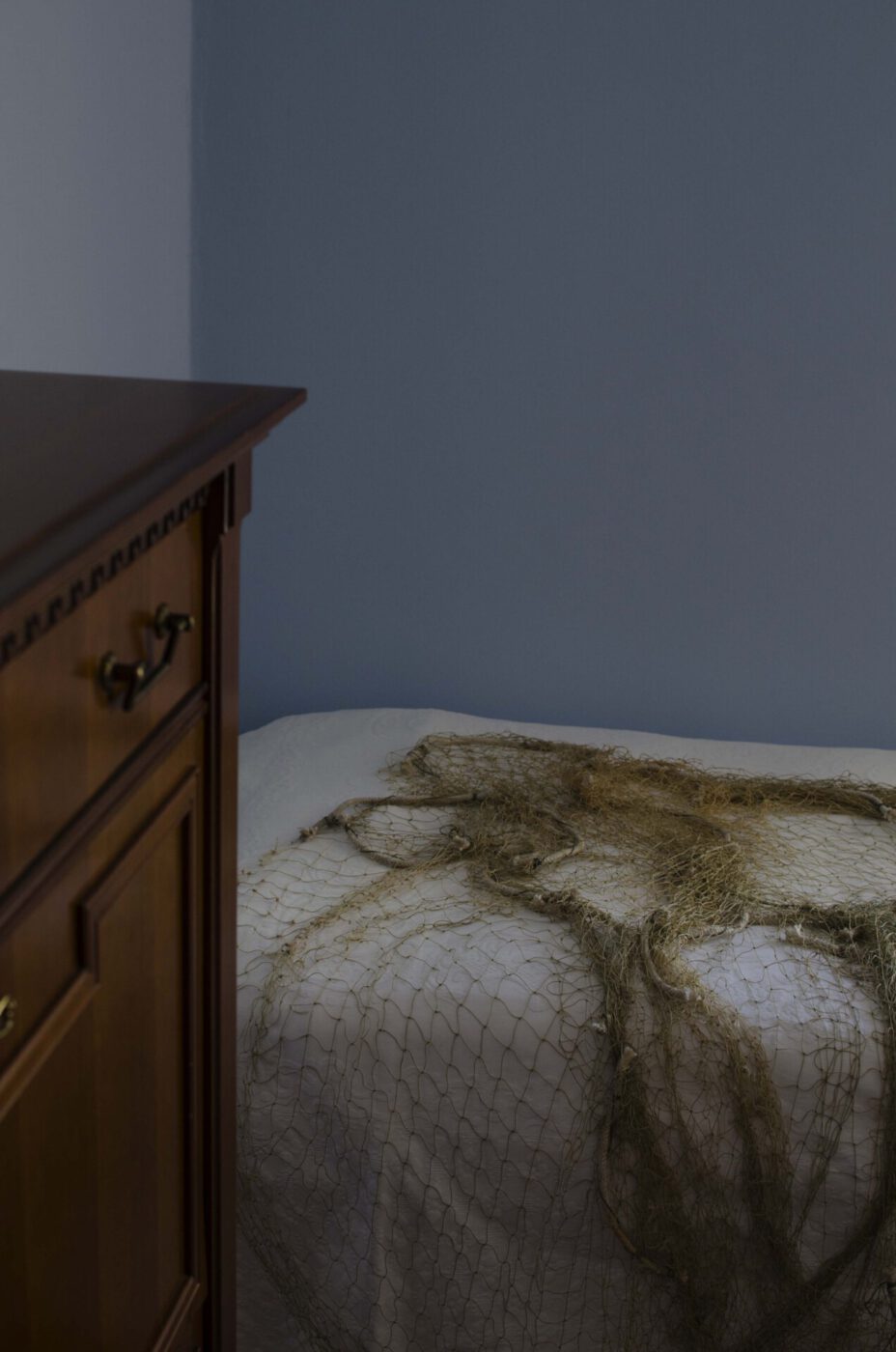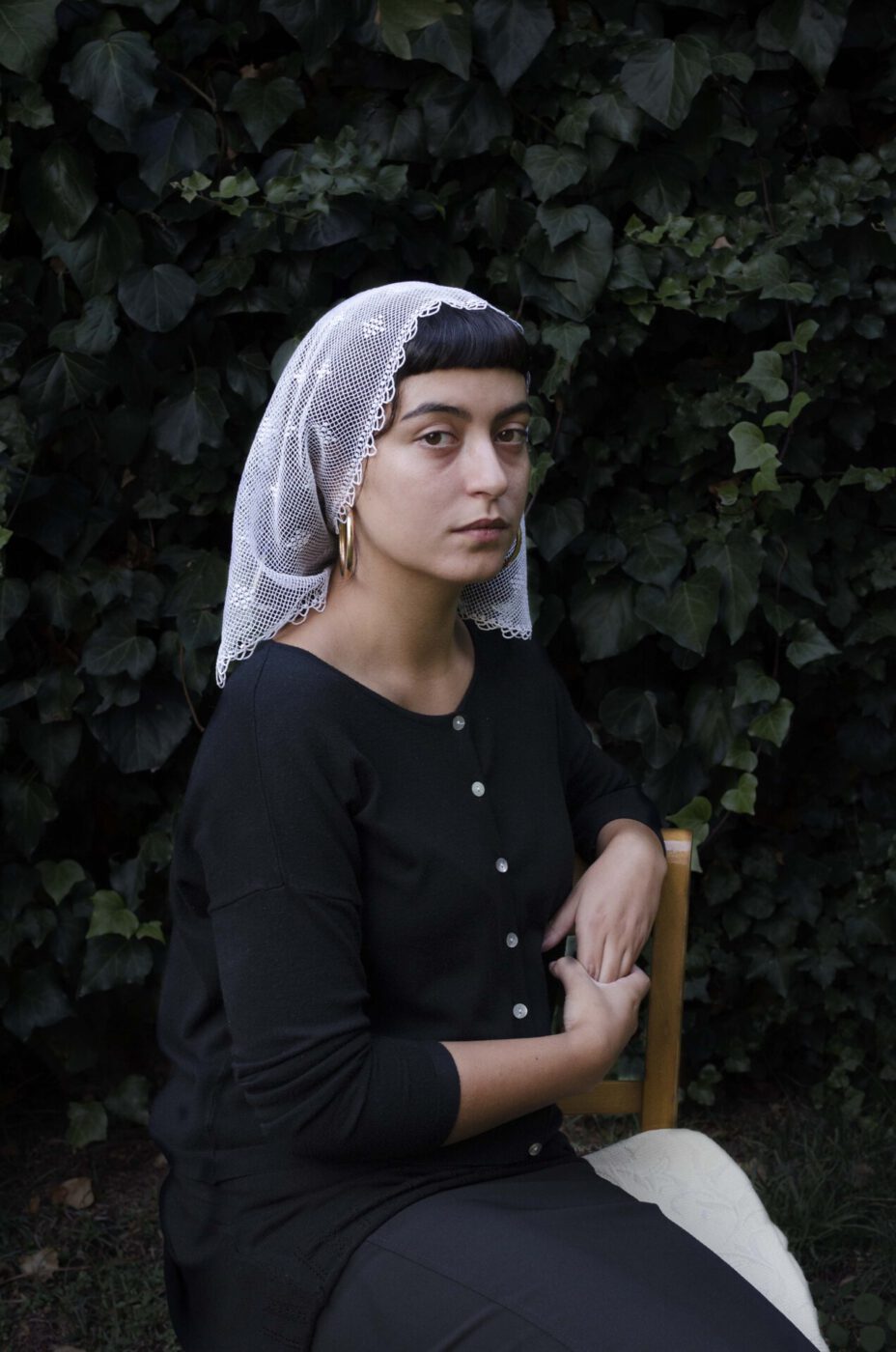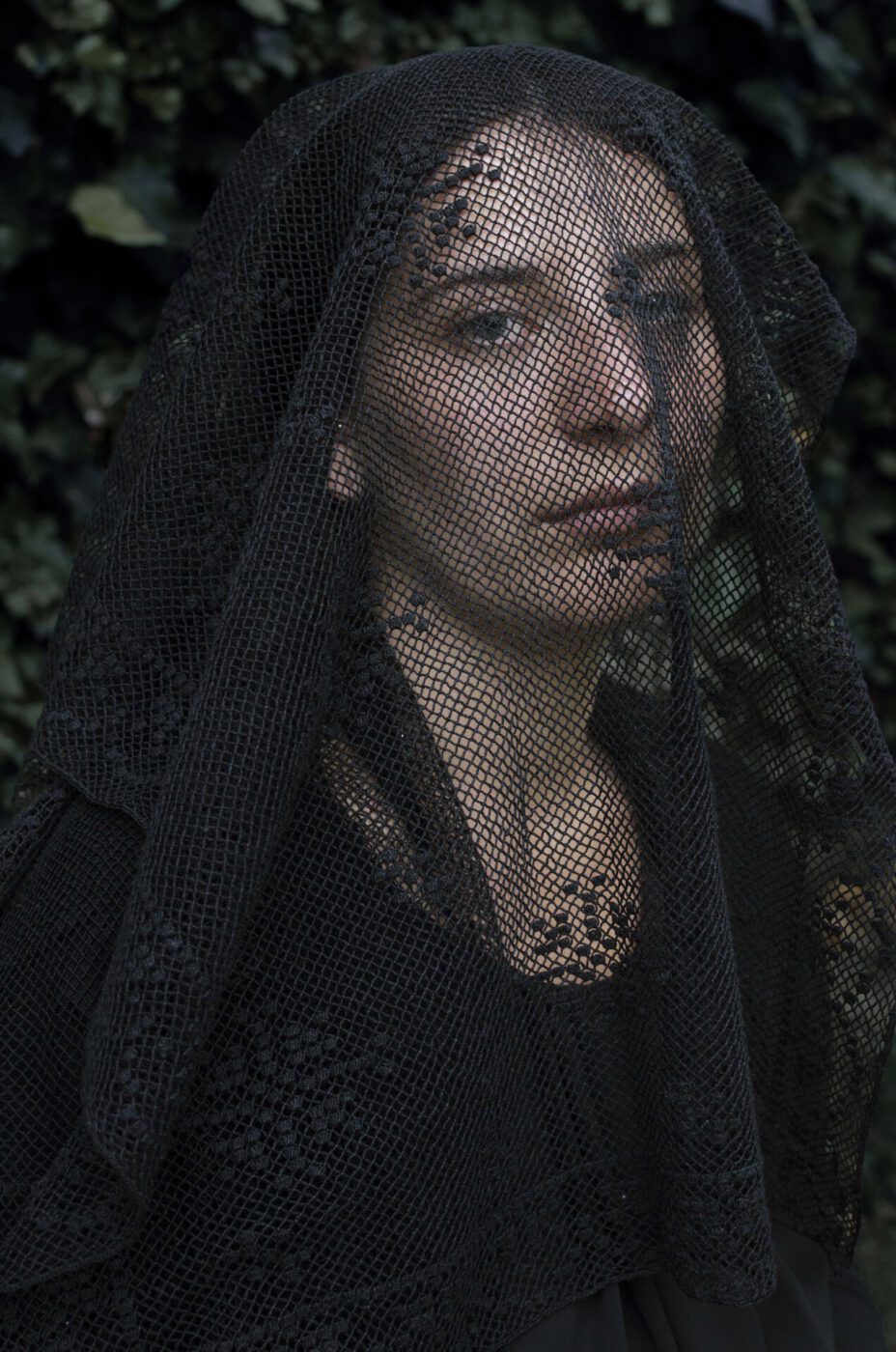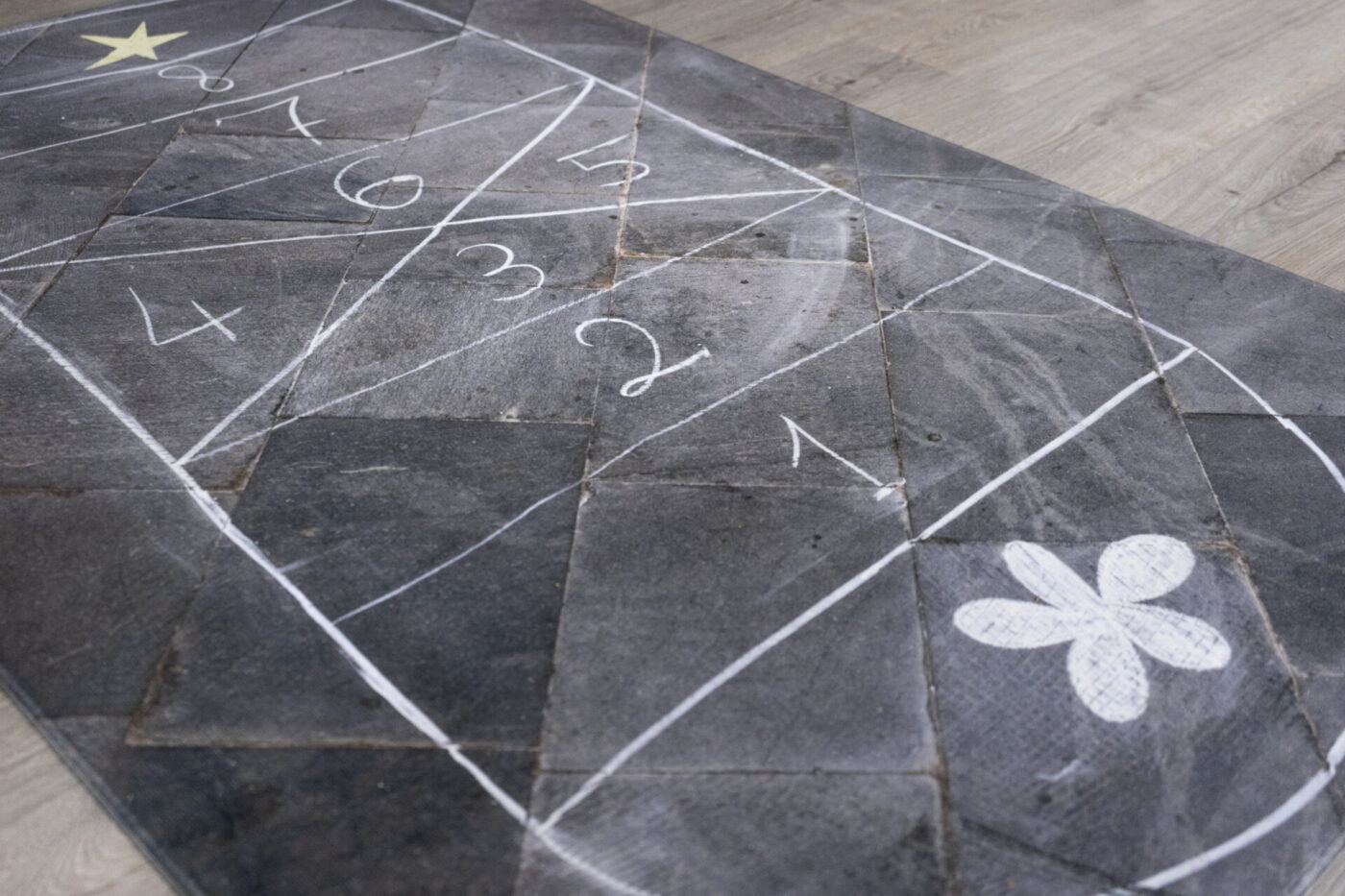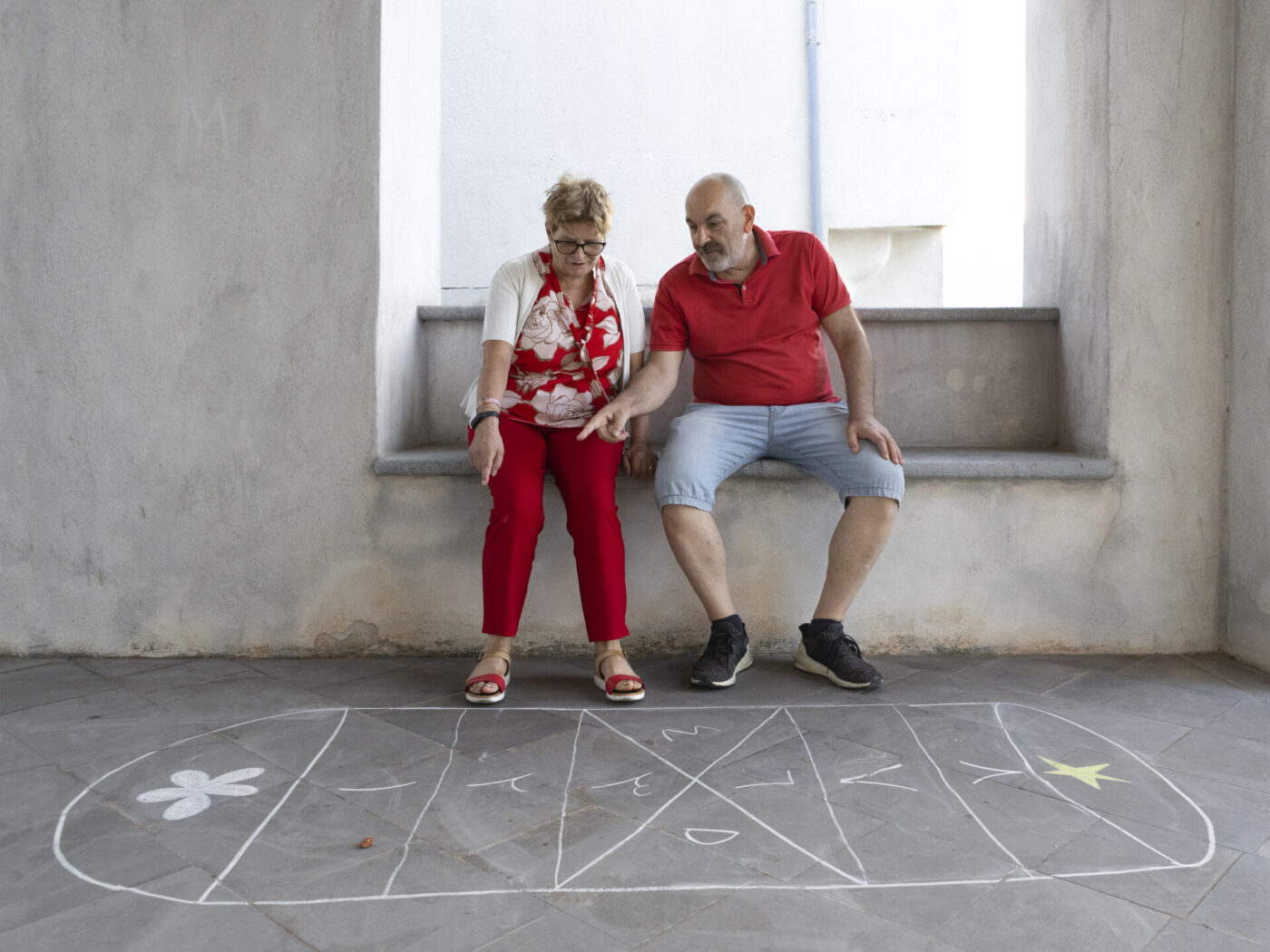Naples may be known for its baroque magnificence and its treacherous thoroughfares, but those willing to dig a bit deeper will discover a vibrant contemporary art scene tucked behind its crumbling facades. In addition to established institutions like Museo Madre and PAN (Palazzo delle Arti Napoli), or galleries like Thomas Dane and Studio Trisorio, there are a number of grassroots organizations putting on exhibitions of cutting-edge art and design. Edit Napoli is one such example, as is Fondazione Made in Cloister, the refurbished cloister of Santa Caterina a Formiello that hosts exhibitions of contemporary art and craft amidst deteriorating renaissance frescoes.
Le Scalze, a deconsecrated church and community center, is another such venue, where the Naples-born and Bologna-based artist Alessandro Saturno recently exhibited a collection of dreamy canvases in the once-grand baroque church. Alessandro and I delight in the pictorial wonkiness of late 16th-century Italian art, or “mannerism” as the prevailing style of the post-renaissance is sometimes called. Alessandro at one time produced mainly figural works, inspired by mannerist masters like Pontormo and Parmigianino for their attenuated renderings of the body. His exhibition, A Nameless Place, is not this, but instead a collection of non-representational, fantasy landscapes. His canvases recall the sea with their clear horizon lines and undulant brushwork, but they might be something else entirely. As the show’s title suggests, he represents places with no name—perhaps even places with no place other than one’s imagination.
Saturno’s exhibition was conceived specifically for installation in Le Scalze and ran for just two weeks from October 22nd to November 6th, 2022. All visits required an appointment made by phone, a procedure which, unwittingly but very happily, afforded me a private tour with the artist himself. (Future visitors to Le Scalze should do the same: consult their website and confirm an appointment ahead of time). Even in the absence of an exhibition, proprietor Ezio Esposito will be glad to offer you a tour of the premises, as he did for me several months prior. Ezio shared the history of the church, San Giuseppe delle Scalze, built atop the foundations of a medieval noble palace, and he even brought me to the crypt beneath it, still filled with 17th-century bones. This degree of disrepair is, sadly, not uncommon in Naples. So many structures remain boarded up and severely damaged within–whether due to earthquake, neglect or a combination of the two. Not only does Le Scalze work to bring cultural and charitable events to the neighborhood, but it also has saved this historic church from the dreadful fate that has befallen so many others: dilapidation and indefinite closure.
Inside the exhibition space, Alessandro advised that some canvases were hard to find. Three custom easels, painted to match the canvases they supported, were placed in the nave. Four more more lurked in two sets of recessed side chapels on the left and right. Between these was another pair of mirror-image chapels. The two largest canvases in the exhibition topped each of these altars, set into the marble frames that once contained the original, 17th-century commissions. A final canvas hid in the wooden confessional. The high altar, where a painting by Luca Giordano once hung, remained noticeably canvas-less.
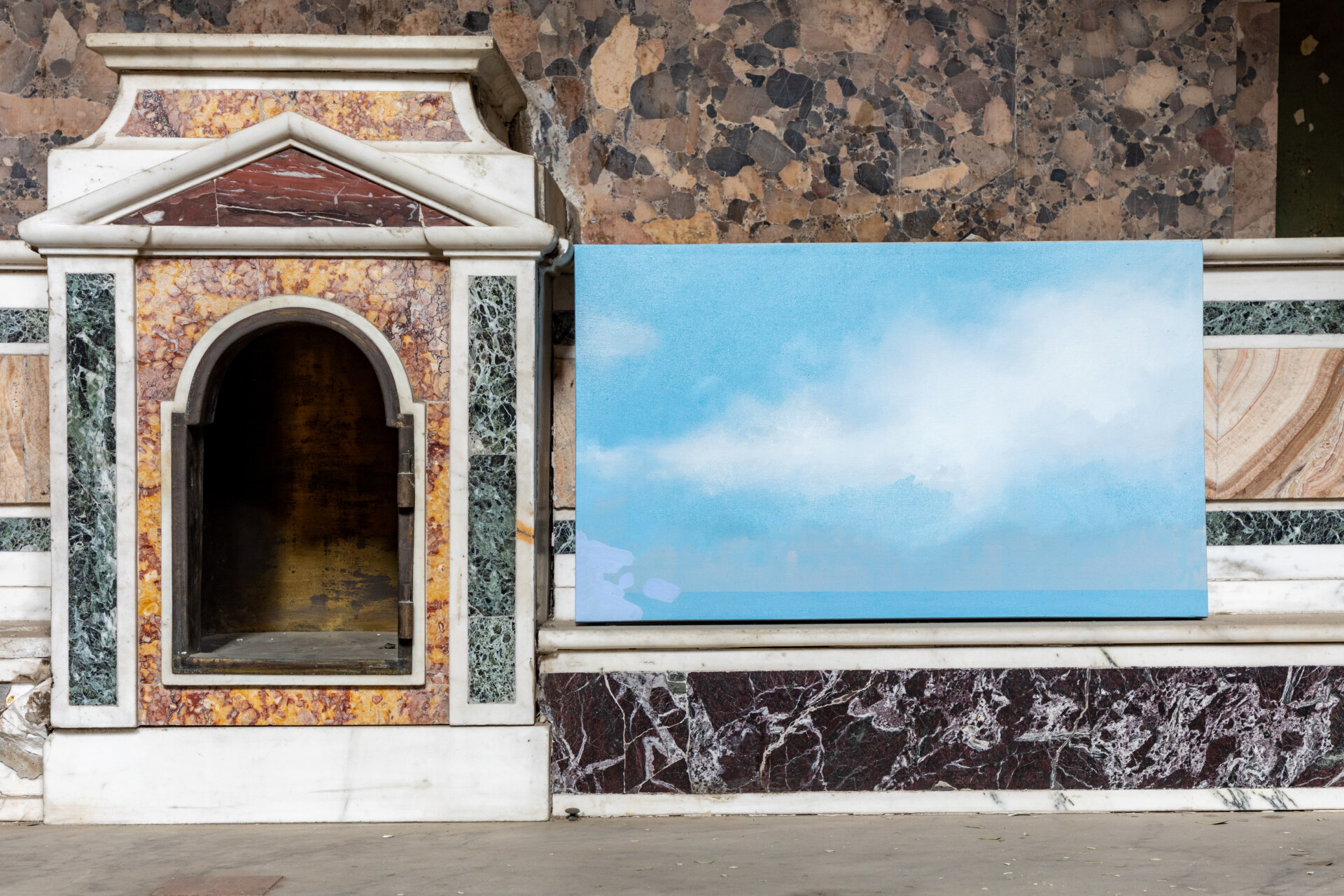
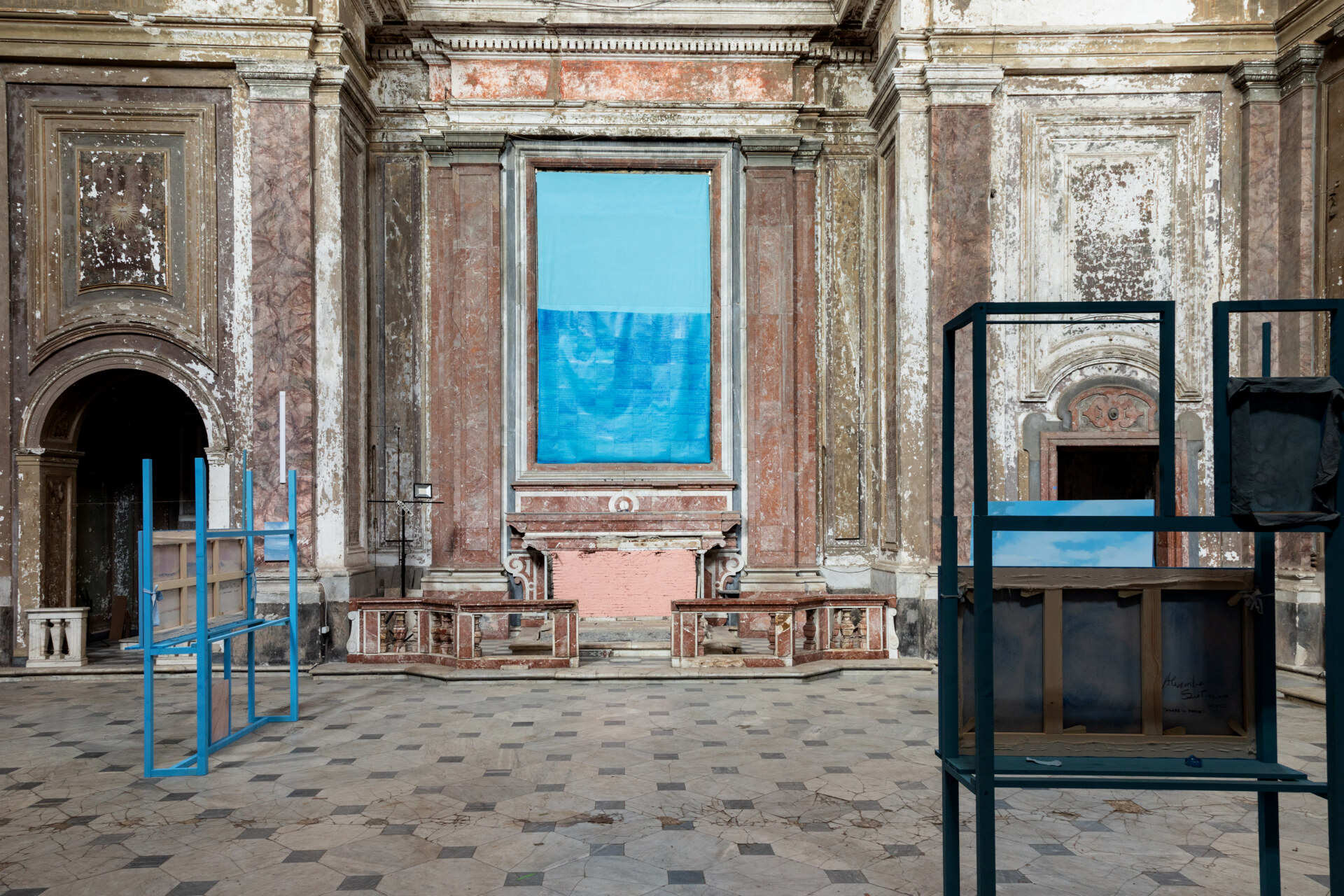
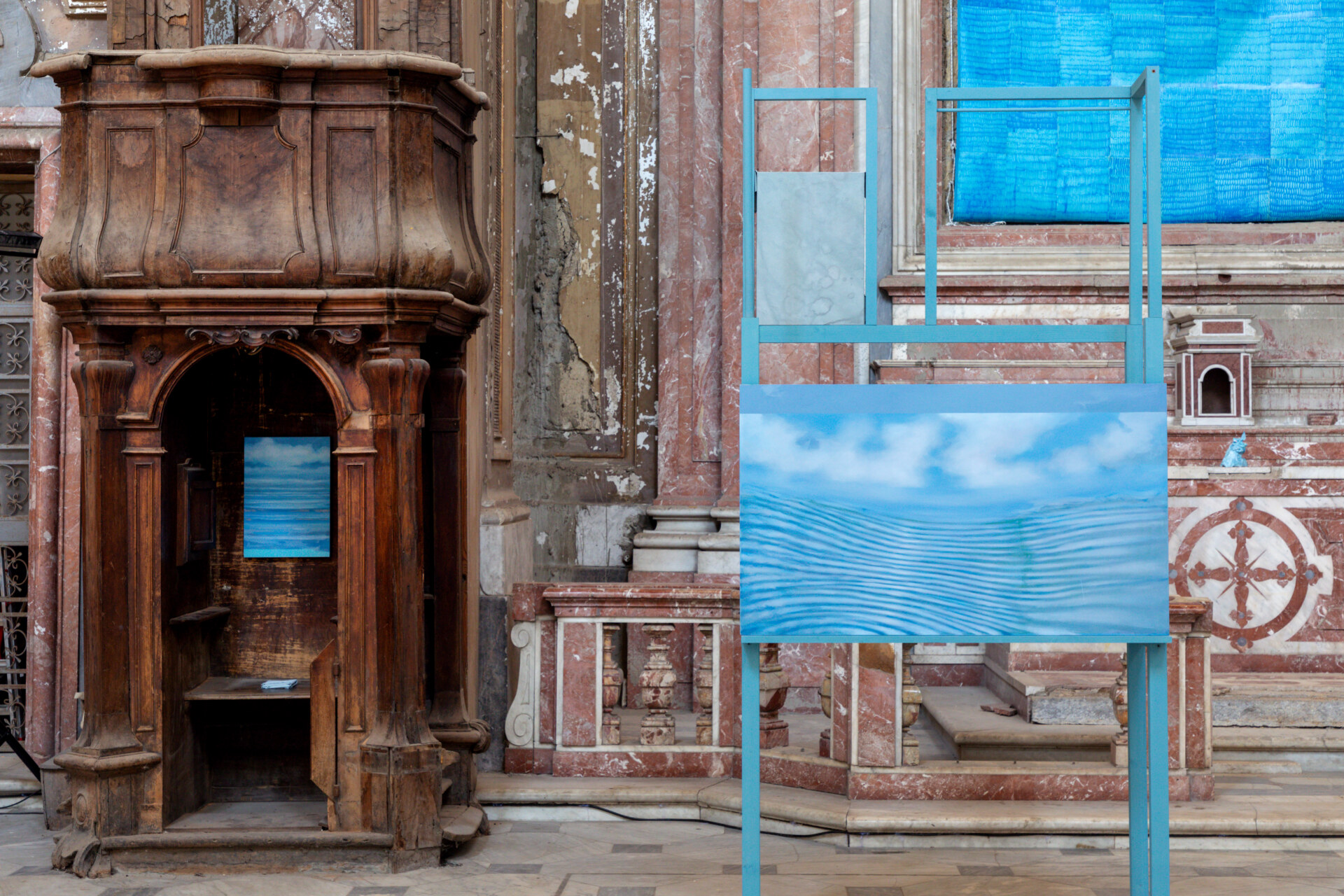
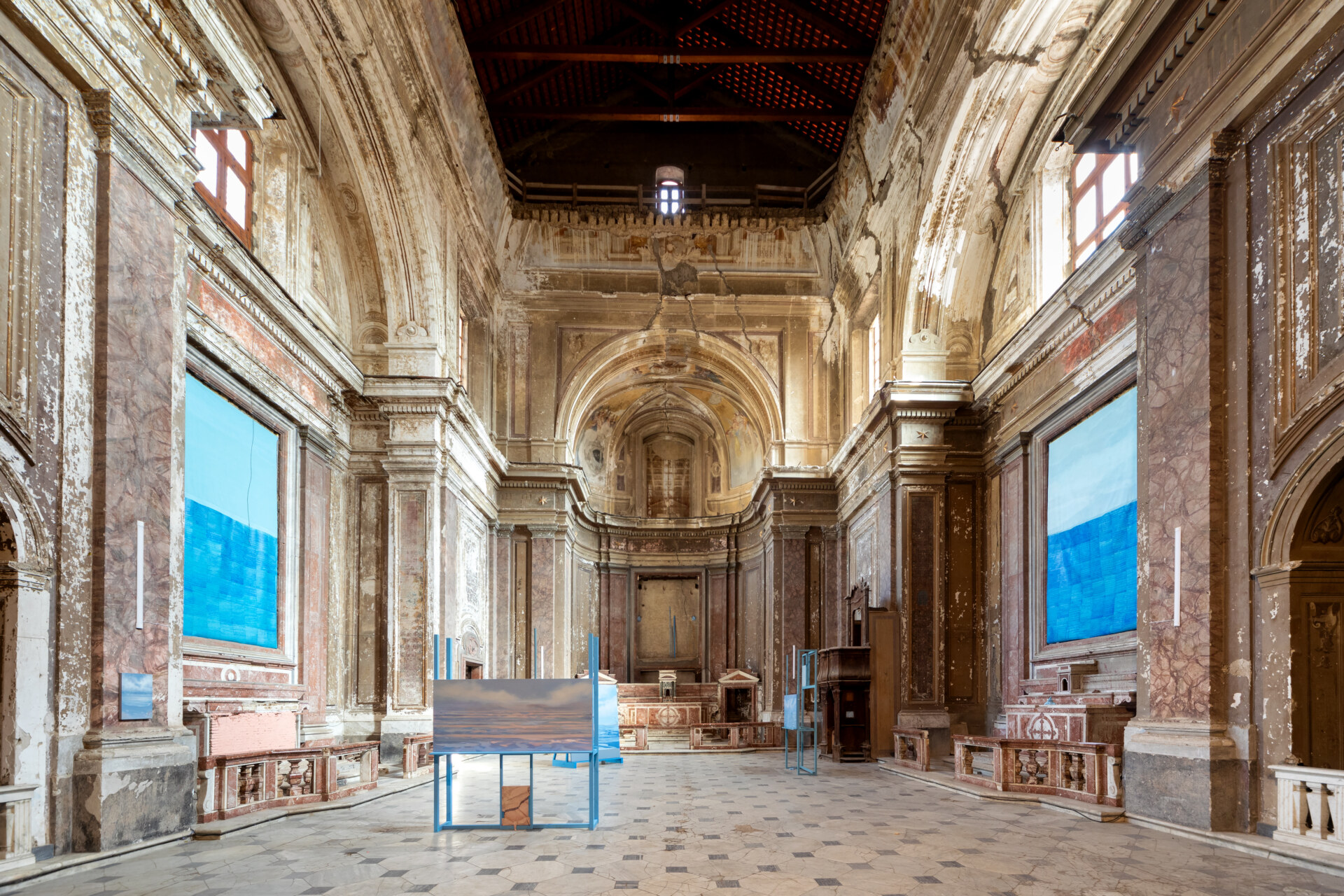
A nameless Place Exhibition, Courtesy Alessandro Saturno ©Danilo Donzelli Photography
What’s striking about the installation is how reverent it is of the church that used to be—even though the vault crumbled and has been replaced with timber, even though no original paintings remain, and even though much has been looted. Alessandro’s icy blue canvases cool off the ruddy hues of damaged frescoes and marble altar fronts that surround them; these same warm tones recur in the beige and blush-pink wisps that linger amidst the blue. His work does not mechanically imitate the palette of his venue but instead cites and responds to it. Very little of San Giuseppe delle Scalze endures, but Alessandro, a Naples native, seems to have intuited its heritage. His canvases occupy the very spaces as did the original religious scenes, honoring their absence with familiar but unrecognizable forms. He pays homage to the under-represented Neapolitan master Francesco de Maria, who was, as Alessandro put it, “eclipsed by Luca Giordano,” by leaving naked the high altar where Giordano’s altarpiece was once exhibited. Meanwhile, in the side chapels where De Maria’s paintings once lived, Alessandro installed his own. A subtle act of revisionist art history, from one Neapolitan painter unto another.
When asked about the contemporary art scene in Naples, Alessandro mentions the Madre Museum but adds, “It is enough for me to wander around the city and see how the Neapolitans experience the immense historical heritage of the city–for better or for worse. Today, this coexistence generates truly incredible blends of ancient and contemporary.” This tantalizing coexistence of opposites may be one of the many reasons young artists and designers are finding a home for themselves in Naples. It is also a city of many universities and arts institutions, attracting a great number of students eager to learn, innovate and collaborate. Elena Zottola is an example of just this–a photographer who has found herself on a path somewhat opposite of Alessandro’s.
Born in Basilicata and raised in Emilia, Elena now works and studies anthropology in Naples. Her work, like Alessandro’s, also probes issues of place versus no-place.
Elena describes her upbringing as characterized by movement, from south to the north, and then back down to Naples “by chance, due to factors related to my dad’s work, and therefore family.” Poignantly, her time in Naples has facilitated a deeper connection with her native Latronico in Basilicata, as seen in a series called Prosfèro. The collection, which investigates a particular type of lace produced in her hometown, is eerie and nostalgic, at once brand new and drenched in the past. Some photographs are still lives, others portraits and still others defy characterization altogether. Her portraits feature female sitters with all the poise, sobriety and sartorial acumen of a canvas by Frans Hals, the prolific portraitist of the Dutch Golden Age.
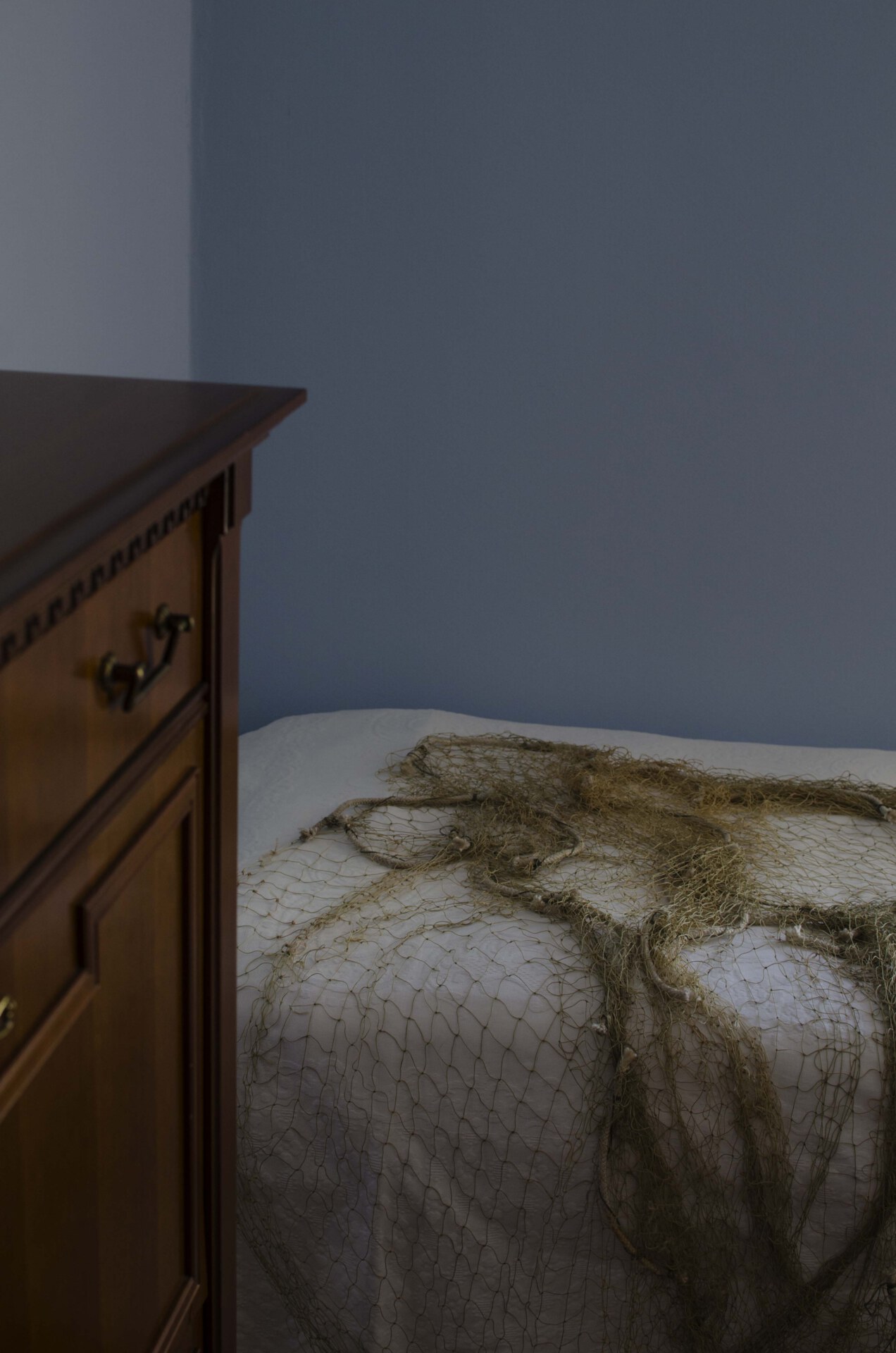
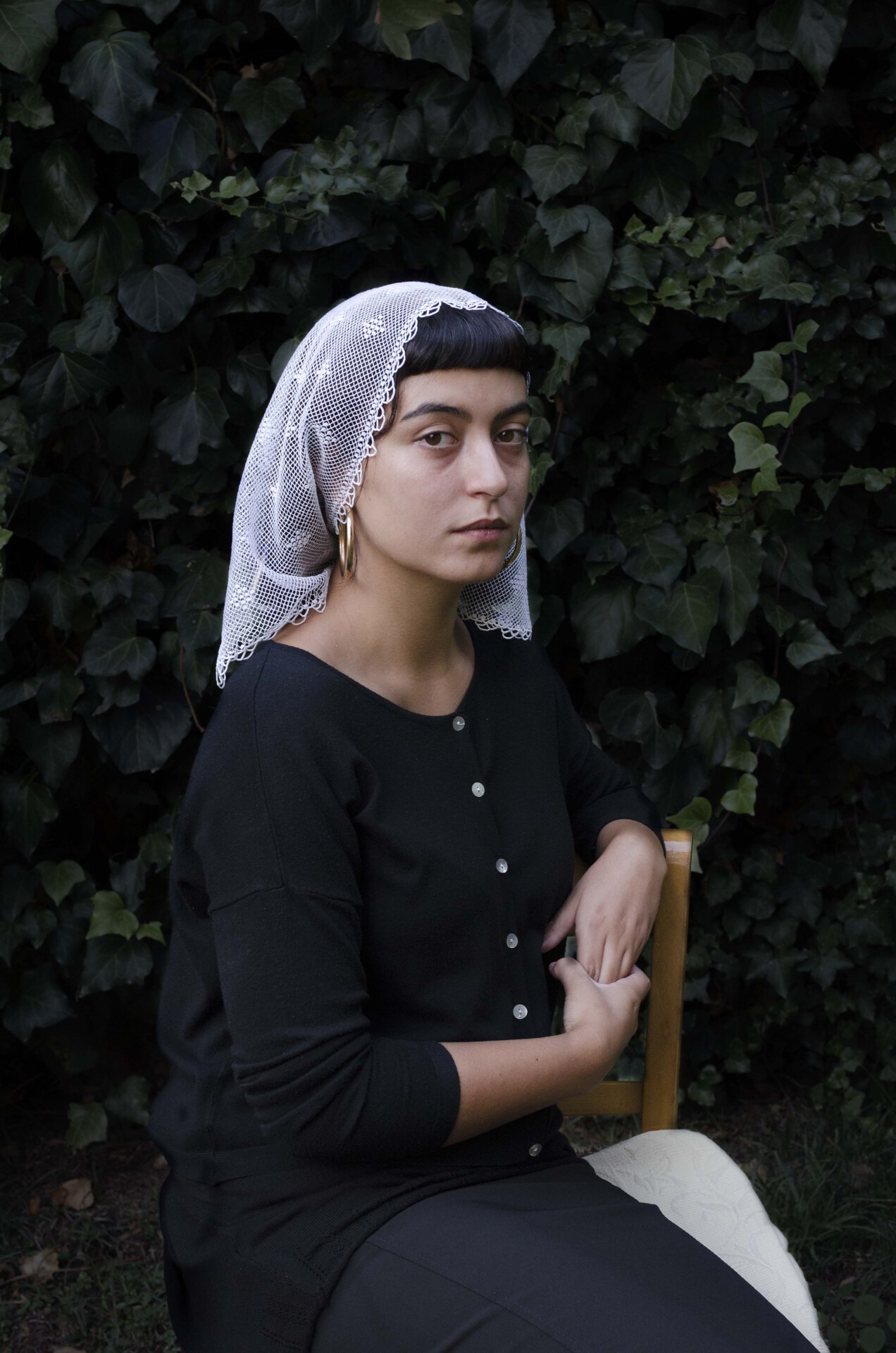
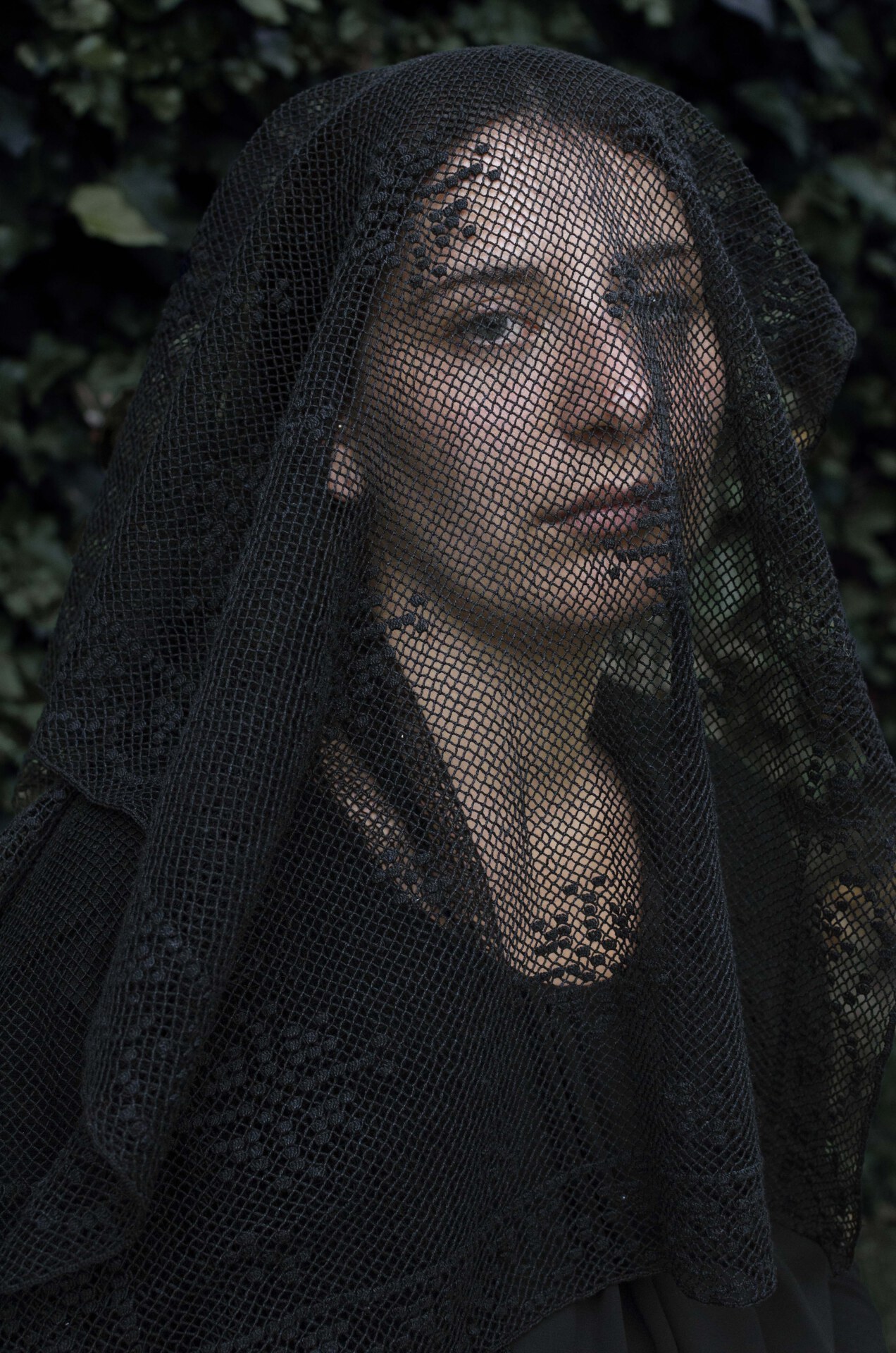
Prosféro; ©Elena Zottola Photography
Elena cites the artist duo Giovanna Bianco and Pino Valente as being formative to her development as a photographer, and with whom she shares a parallel history. Bianco originates from the same region of Basilicata as Elena, and the pair, known professionally as Bianco-Valenti, live and work in Naples. They recently organized a residency called A Cielo Aperto, to which Elena was invited along with a number of other young artists (including Veronica Bisesti, who is currently exhibiting at Madre). It is immediately evident that Elena’s work for this project has been informed by her studies in anthropology. She is concerned with issues of place and culture, family and community, and how each of these elements is influenced by the others. She is currently completing her thesis in anthropology and art, specifically on the work executed during her collaboration with A Cielo Aperto. “Let’s say that art and anthropology are two worlds that are quite similar because both are able to observe reality by breaking away from the usual point of view, therefore asking the questions that are useful for imaging a different present.”
Both Elena and Alessandro are interested in exploring, through their distinct art practices, what makes reality real and what makes a place real–and they go about it in opposite ways. Of his paintings for A Nameless Place, Alessandro says, “I think there is, essentially, an element of mirage to them. An almost unreal dimension that belongs to the city of Naples. The presence of the sea that characterizes these landscapes… not as an exclusively naturalistic or descriptive element, but as an element that determines the space in a changing way.” The rippling blues and soft highlights seem to capture the blurred Sorrentine horizon as seen from the top of Castel Sant’Elmo—but I know the paintings are at once of no-place and everyplace. One visitor remarked that the canvases in the nave reminded them of Iceland, “which is incredible,” Alessandro recalls, “I’ve never been.” He explains that he began each painting with no plan at all, an approach for which many Neapolitan old masters were known and sometimes criticized (most of all, ironically, Luca Giordano). As a result, Alessandro explained, each outcome was a surprise “also for me.” In his essay for A Nameless Place, curator Leonardo Regano cited humanist author and architect Leon Battista Alberti who described a painting as a “window onto the world.” In a literal sense, this aphorism was meant to encourage renaissance painters to deploy fixed perspectives in their compositions, but in another, more universal sense, it was an invitation for viewers to imagine themselves within the world of the picture. Alessandro’s paintings are windows onto the tranquil, aqueous, fog-ridden lands I know I recognize from somewhere—or maybe nowhere in particular.
While Alessandro has invented new places with real-life referents, Elena interrogates place with the mind of a social scientist. For Elena, photography is a means of pinning down fleeting realities and a way to make visual the interrelationship of a place and its people. “Many of the photos I take, I take in Basilicata,” she explains. “It’s a way to try to understand and learn about my origins, given that I’ve lived away since I was a little girl.” It is perhaps for this reason that she feels not yet prepared to photograph the wild city in which she now lives–perhaps it is not yet hers to photograph. “I can’t take pictures in Naples,” she explains, “which is paradoxical because it’s the city that opened my eyes, put me in front of discord. I’ve always said that when I lived in Emilia everything was calm, with pastel colors, while Naples is so sunny as to be black–like when the sun blinds you. Maybe sooner or later I’ll want to take pictures in Naples, but for now it teaches me by living it, feeling it. I couldn’t immobilize this city in images.”
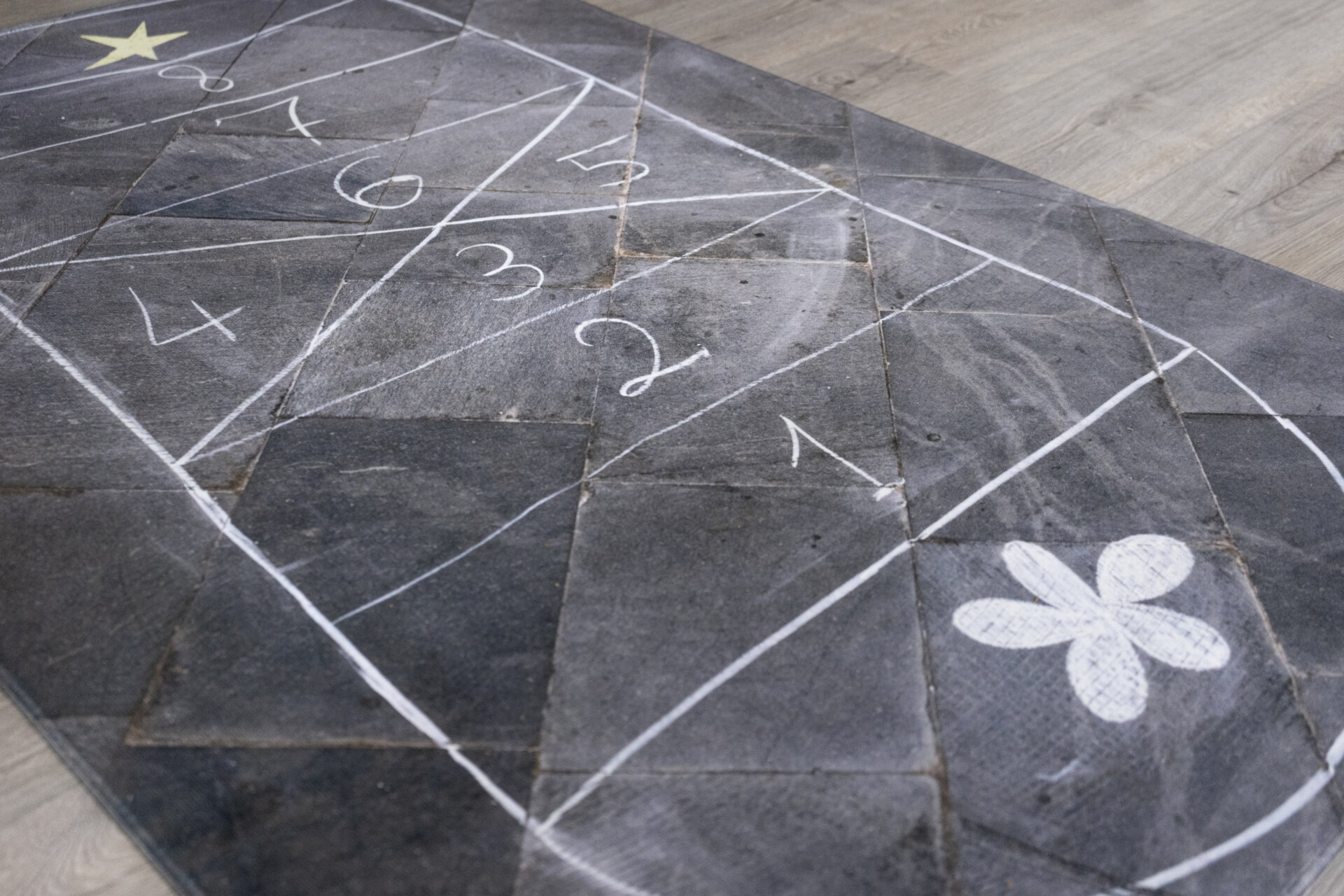
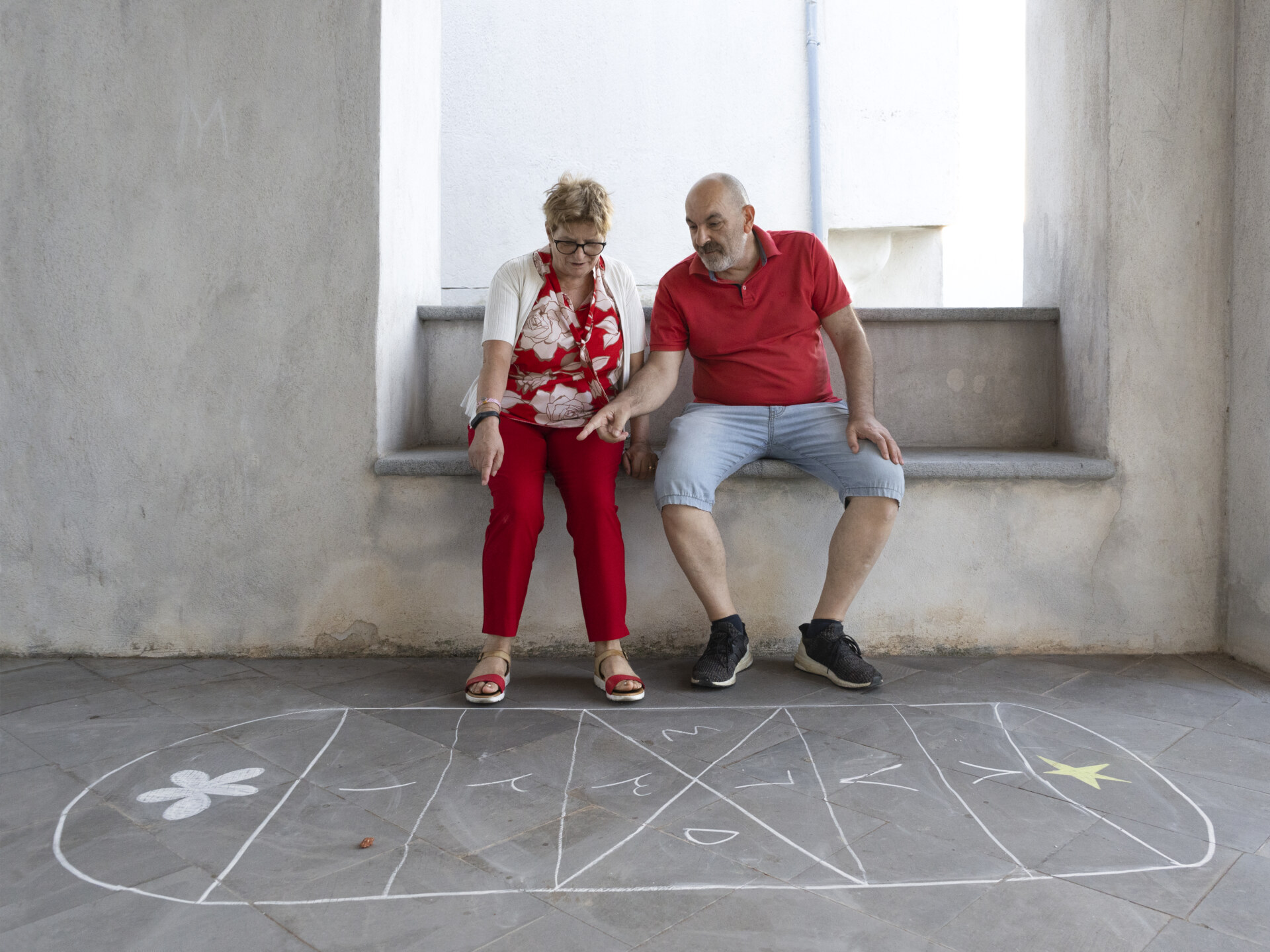
Non sono più quel che ero; ©Elena Zottola Photography
